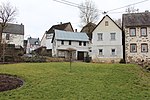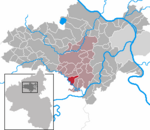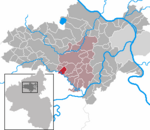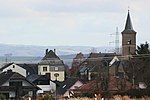Pyrmont Castle
Buildings and structures in Cochem-ZellCastles in Rhineland-PalatinateCastles in the EifelHeritage sites in Rhineland-PalatinateMuseums in Rhineland-Palatinate ... and 1 more
Rhineland
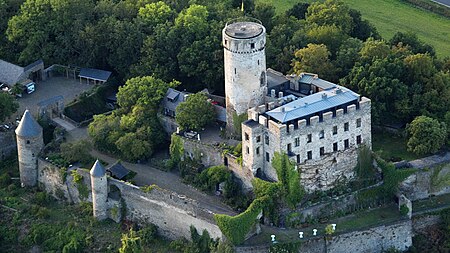
Pyrmont Castle (German: Burg Pyrmont) stands west of Münstermaifeld near Roes and Pillig on a slate rock outcrop above a waterfall on the Elzbach in the southern Eifel mountains in Germany. It is in the municipality of Roes in the district of Cochem-Zell.
Excerpt from the Wikipedia article Pyrmont Castle (License: CC BY-SA 3.0, Authors, Images).Pyrmont Castle
K 27, Kaisersesch
Geographical coordinates (GPS) Address Phone number Website External links Nearby Places Show on map
Geographical coordinates (GPS)
| Latitude | Longitude |
|---|---|
| N 50.237447222222 ° | E 7.28765 ° |
Address
Burg Pyrmont
K 27
56754 Kaisersesch
Rhineland-Palatinate, Germany
Open on Google Maps

